In 2016, the number of emerging bilingual children rose to roughly 12 million, an increase of 1.2 million over the past decade. And according to a recent analysis of national data by the Annie E. Casey Foundation’s Kids Count Data Center, almost one in four children in the United States speak a language other than English at home.
Request a quote for thinkLaw’s award-winning curriculum now to use our engaging and rigorous real-life legal cases to help teachers give students the essential critical thinking skills they need for success.
Chances are if you’re teaching in an urban center or a border state, these numbers are no surprise to you. Last year, our founder Colin Seale wrote about the opportunities and perceived challenges of teaching emerging bilingual students, commonly referred to as English Language Learners (ELLs), in his piece Terminating the “It’s not My Job” Mentality. This piece highlighted the undeniable fact that English learners use complex reasoning, advanced decoding skills, and navigate nuance every single day. Yet, the assets these students bring to school often go unrecognized, as many educators view limited English proficiency as a barrier to rigorous critical thinking instruction. At thinkLaw, we believe this is simply not true.
thinkLaw’s partnerships with schools serving high populations of emerging bilingual students exemplifies what happens when we decide it is not okay to leave the genius of ELL students on the table. But as important as this mindset shift is, changing the narrative on critical thinking access requires practical shifts in how we expose students to deeper learning opportunities in schools and how we provide sustainable support for educators teaching these students in the general education classroom. It might seem counterintuitive to some, but based on best practices for supporting ELL students as outlined very clearly by the EL Success Forum, critical thinking is the bridge to their academic success. Giving ELL students access to meaningful, rigorous and engaging opportunities to tap into their values and the judgement systems they bring with them from their unique experiences to critically analyze facts and defend their arguments gives them a space where their voices are respected, not lost.

Our partnership with Eisenhower Center for Innovation in Mesa Public Schools, a Title I school in Arizona’s largest district, exemplifies this narrative shift. thinkLaw’s partnership with Eisenhower is funded exclusively through the school’s Title III services for English language development. Eisenhower uses thinkLaw to supplement its Structured English Immersion (SEI) blocks, an intervention strategy for ELL students in Arizona schools. SEI time is focused on the development of language skills but districts have some flexibility for how to use that time. So educators at Eisenhower School asked themselves a question: What if, during SEI time blocks, we could provide our ELL students the same game-changing critical thinking experience typically reserved only for the elite students who sign up for intensive upper-level courses or electives such as mock trial programs? They turned to thinkLaw and students and teachers alike have been raving about the experience.
Robby Meldau, Eisenhower’s Principal noted that not only do students look forward to their thinkLaw experiences, but thinkLaw is giving students the “why” to push themselves on academic discourse. “Even students typically seen as ‘quiet’ or ‘shy’ perk up at the chance to participate in debates and take part in engaging discussions.” Eisenhower’s fifth and sixth grade English Language Teacher Allison Zingale was also transformed by this because thinkLaw gives her students “the opportunity to sharpen their critical thinking skills by engaging in rich, rigorous collaborative experiences. They are always thrilled to ask questions, review cases, determine evidence, debate, and utilize technology during the experiences.” Transforming our mindsets on who gets to learn and who gets to teach critical thinking helps schools like Eisenhower Center for Innovation create a space where deeper learning access is no longer a luxury good reserved only for students in gifted and talented programs, advanced placement and honors courses, or selective magnet schools.
Bring critical thinking opportunities to your school or district through thinkLaw’s “Pensamiento Crítico” professional development and curriculum to meet the needs of English Language Learners. Click here to get started.
Closing the critical thinking gap also requires a commitment to developing teachers, especially general education teachers, to leverage the skills to unleash the critical thinking potential of ELL students so that this duty doesn’t rest solely with the school’s ELL specialists. Working with teachers at Mater Academy in Las Vegas, NV where more than 40% of students are emerging bilinguals, thinkLaw delivered and provided follow-up support to teachers as part of our “Pensamiento Crítico” workshop series. This program provides practical tools educators can use to encourage the development of authentic academic language while delivering the 21st century instruction all students need. Participants were thrilled with the simple, yet engaging strategies they could start applying immediately to their instruction. We heard from teachers that they were rethinking how to map out their curriculum, re-do their word walls to make them more interactive and student-driven and develop lesson hooks that were engaging kids to think critically and use investigative skills.
Imagine learning Robert Frost’s “Stopping by Woods on a Snowy Evening” poem. But before diving into a complex set of abstract lines that many students have a tough time relating to, you started the poem at the end:
But I have promises to keep,
And miles to go before I sleep,
And miles to go before I sleep.
And then you asked students to make predictions and inferences about who this speaker is and what this speaker is going through. Imagine the rich discussion between ELL students who know what it means to have important commitments to the people they care about. Who know what it means to work hard, to push and push, and to know that despite this pushing they still have miles to go before they reach their final destination. Once you start analyzing the poem from the beginning, you’ve now given students such a powerful context and made a poem about the woods and snow something that is inherently relatable to every student in that class.
Educators hold the power to unleashing the full potential of all students. And for ELL students in particular, we know they have bilingual skills, grit, and determination that our society needs for 21stt century success. So let’s commit to doing the work we must to ensure we do not leave their genius on the table.

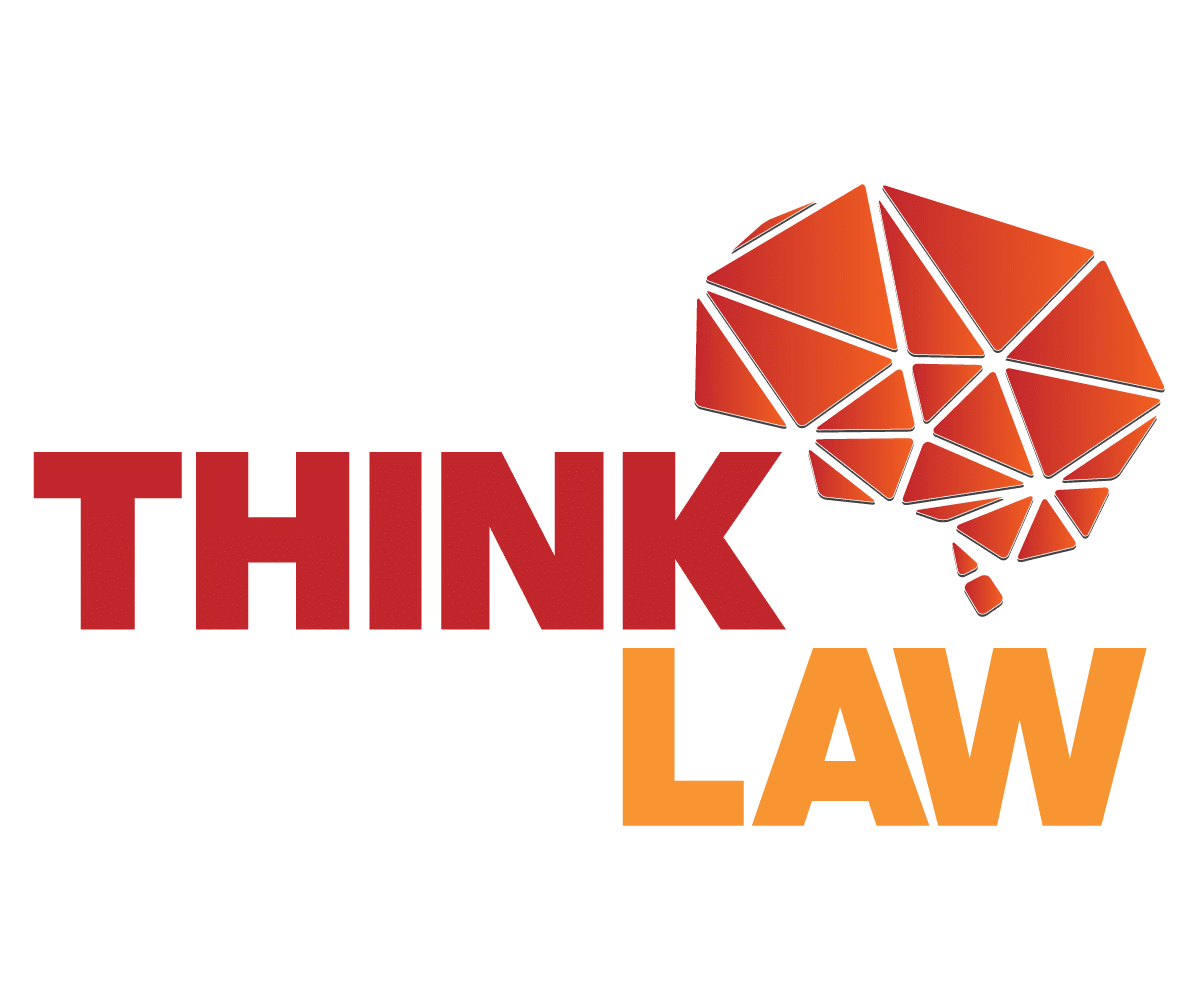
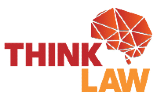
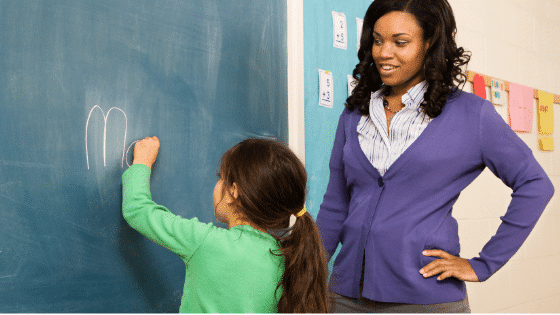
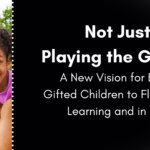
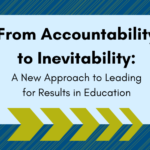
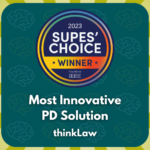
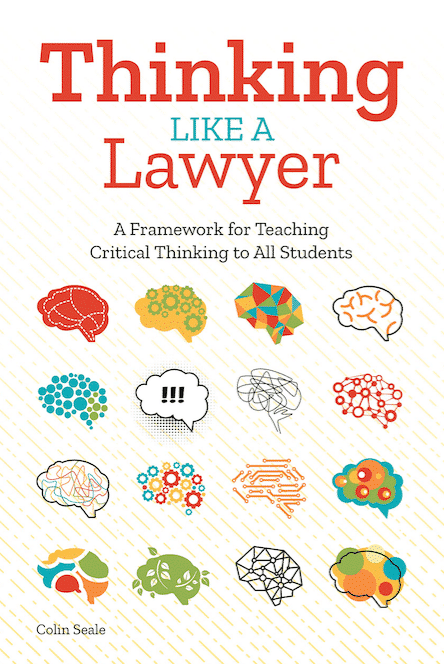
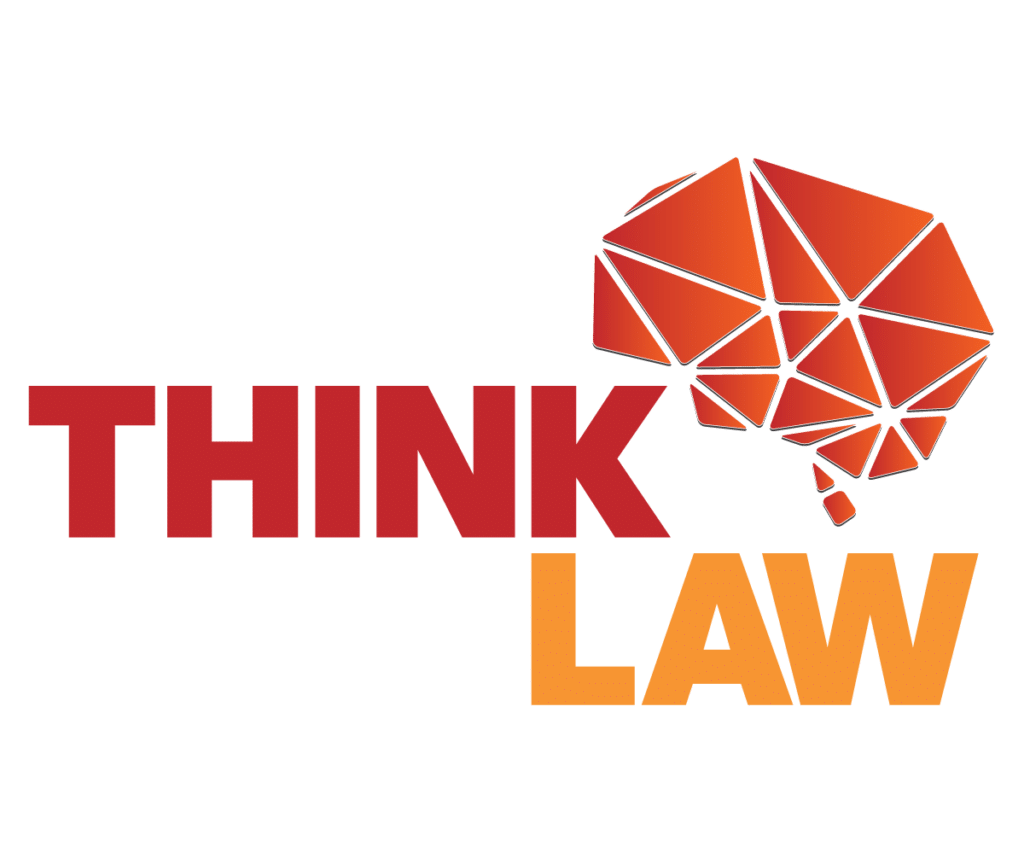
Leave a Reply